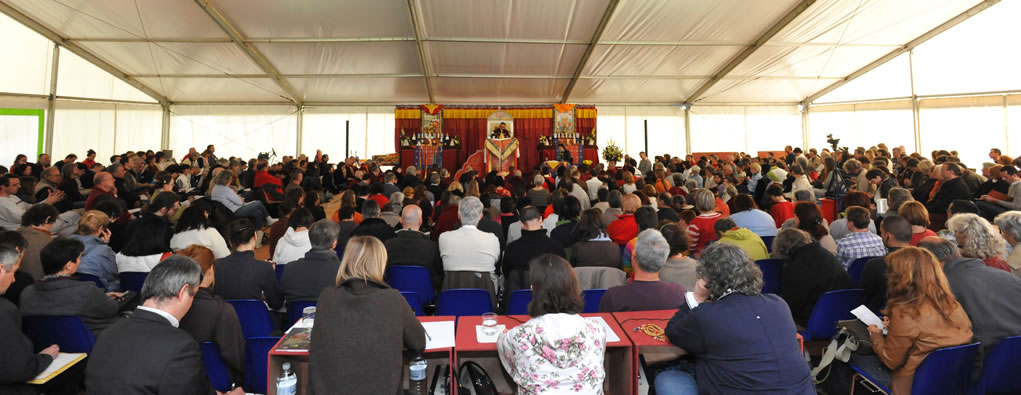Shanti Path Foundation, India
Founder: Shamarpa Rinpoche
Directors:
Sherab Botia
Miss Chimy Yangzon
Miss Getu Dewan
Miss Chanda Gurung
Mr. Yogesh Chatree.
Activity in India:
A. This foundation is running a school for underprivilidged children in Diprugar Assam, India on behalf of the Infinite Compassion Foundation, based in Germany.
B. It also takes care of a high school for young lamas in Darjeling and a Buddhist college for lamas in Kalimpong. The college itself is part of the property which belongs to the Joti family trust, but is leased to the name of Shamar Rinpoche for 99 years.
C. Shamar Rinpoche created organic fertilizer for the benefit of poor farmers in Chalsa on 15 acres of land, which is part of his Transparent Democracy movement in the world.
This place is about 5km south of the land on which an Indu Tibetology school will be built by Karmapa’s Foundation.
Shanti Path Foundation, Nepal.
Founder: Shamarpa Rinpoche.
Directors:
Senge Rinpoche.
Dragpa Rinpoche
Karma Tsering
Tennam Lama
Khem koirala.
Chogyalla.
Karma Dorje Gurung.
Activity:
A. Shar Mi Nub Buddhist Institute, developed at Rani Ban, Khatmandu.
B. Taking care of primary schools in two remote areas in North Nepal, on behalf of the Infinite Compassion Foundation, Germany.
Shar Minub Foundation, Nepal
Founder:
Shamarpa Rinpoche
Directors:
Seven lamas
Activity:
Fundraising for monasteries and Buddhist institutions.
Wisdom Foundation, USA
Directors:
Sharmapa Rinpoche
Jay Landman
Carol Gerhardt
Marc Junkunc
Chris Fang
Activity:
Running Bodhi Path centers in the United States including:
Chicago, Il
Natural Bridge, VA
Martha’s Vineyard, MA
Washington DC metropolitan area
Miami, Fl
Menlo Park, CA
St. Luis Obispo, CA
Santa Barbara, CA
Pasadena, CA
Philadelphia, PA
Infinite Compassion Foundation, Europe
Founders:
Jigmela Rinpoche
Shamarpa Rinpoche
Directors:
Jigmela Rinpoche
Sabina Teuber
Hans F. Berner
Activity:
Helping schools in India and Nepal.
New Horizon Buddhist Association, Hong Kong
Founders:
Shamarpa Rinpoche and Jigmela Rinpoche
Directors:
Five Hong Kong nationals
Shamar Rinpoche personally contributed 8 million Hong Kong dollars, and arranged loan from bank for another 8 million Hong Kong dollars to purchase large facility for Dharma Center in Hong Kong. In 2013 Shamarpa Rinpoche wil resign as founder member and will be replaced by Karmapa Thrinly Thaye Dorje.
Infinite Compassion Foundation, Hong Kong.
Founder:
Shamarpa Rinpoche
Activity:
To benefit animals in China.
All foundations except the Infinite Compassion Foundation, Germany, have received funding exclusively from personal students of Shamarpa Rinpoche, not from public fundraising.
